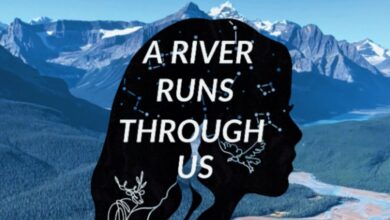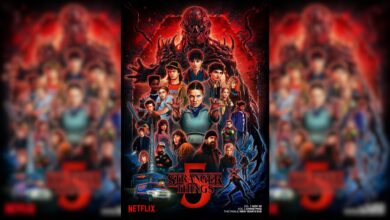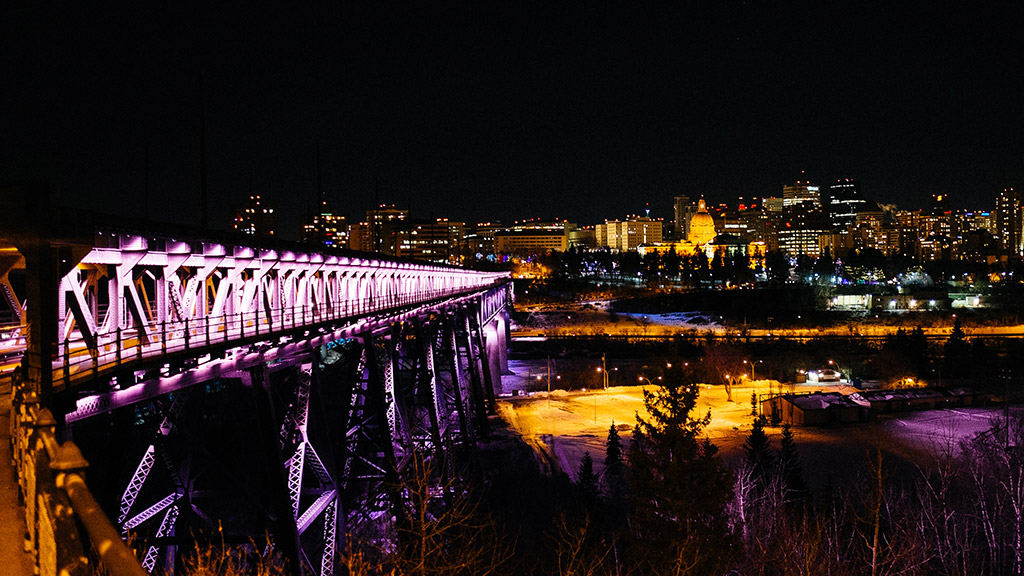Film Review: Silence
 Supplied
SuppliedSilence
Directed by Martin Scorsese
Starring Andrew Garfield, Adam Driver, Tadanobu Asano, Ciarán Hinds, Issei Ogata, Shin’ya Tsukamoto, and Liam Neeson
In theatres now
You won’t find any Boston accents, guilt-ridden gangsters, or Wall Street wolves in Martin Scorsese’s Silence. Instead, you’ll see one of Hollywood’s all-time-greats ponder what it means to have faith, in a film that’s the definition of a pure passion project.
Silence follows two Jesuit priests (Adam Driver and Andrew Garfield) as they venture into Japan to find their missing mentor (Liam Neeson). The film takes place in the seventeenth century, at a time when Christianity has fallen in Japan, and Christian worshipers and priests are harshly persecuted (i.e. tortured horribly, and killed). The movie, which is based on the 1966 novel of the same name, has been an on-again-off-again affair for Scorsese for over 25 years. However, once you start watching the film, it becomes clear the years this story spent in the back of his mind didn’t dull his vision, but rather refined it.
The movie is a long haul at 161 minutes (although, at this point are you really expecting Scorsese make a movie that’s under two hours?). But when you consider the sprawling nature of its themes and story, the run time may actually be humble compared to what it could’ve been. Scorsese whittles it down, while still convincingly tackling the weighty spiritual and philosophical ideas presented. Characters have enough time to experience doubt, rejection, and acceptance without their arcs being reduced to plot beats.
The characters are not all as consistent as the directing however. A few performances stand out like cross-bearing Christians in a crowd of Buddhists — Neeson’s hollow-eyed Father Ferreira, Issey Ogata’s stubborn and eccentric Inquisitor, and Shin’ya Tsukamoto’s unwaveringly honourable Mokichi, command every ounce of attention when they’re on screen. Garfield and Driver, as the film’s leading Portuguese Padres however, do fine but stop just short of mesmerizing like their counterparts. Be it momentarily dropped accents, or the inescapable thought that Garfield was chosen only because he makes for a good Jesus lookalike (his hair was fantastic though), there was a sense of authenticity missing from them.
Unsurprisingly, the Japanese setting for the film, from mountainous coasts, to muddy fields, and colourful Nagasaki, are all stunningly shot (despite being filmed in Taiwan). Whenever the story fell into a lull, or the task of religious contemplation became too great, a phenomenal moment of cinematography faded in through the fog (of which there is a lot in the movie) to reengage me. Even in moments portraying what can be seen as meaningless pain and death, Scorsese finds strange beauty — he’s always had a way with inhumane acts of violence.
For all of Silence‘s excellence in filmmaking, acting, and storytelling, there is one major disappointment. But it’s one that sits firmly in my lap, not Scorsese’s. I am left wishing I knew more about the ideas and inspirations behind this film. There were surely homages to Japanese films and filmmakers (such as Akira Kurosawa) I failed to recognize, and historical and and religious knowledge I sorely lacked, and because of that I was left wanting more from myself when the credits rolled. Perhaps this personal challenge is positive, but it is also the problem with passion projects. Even though you can see and hear what Scorsese is passionate about, you’re left longing to experience it yourself.




